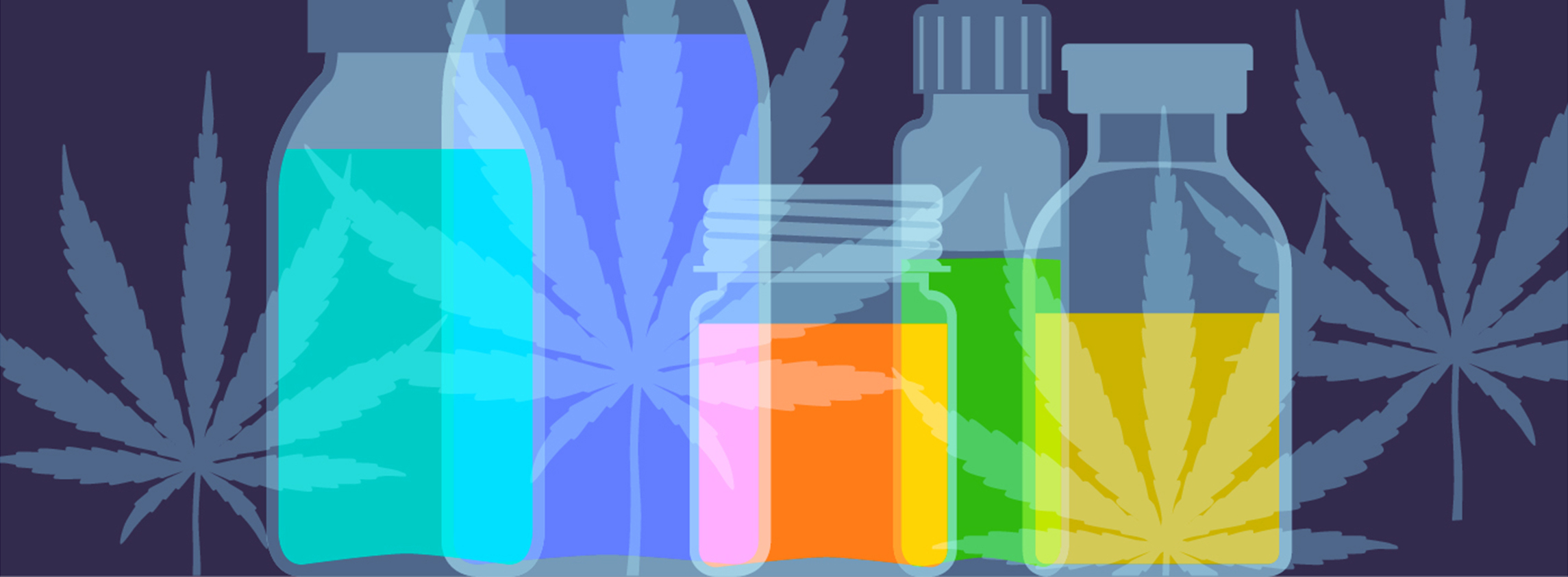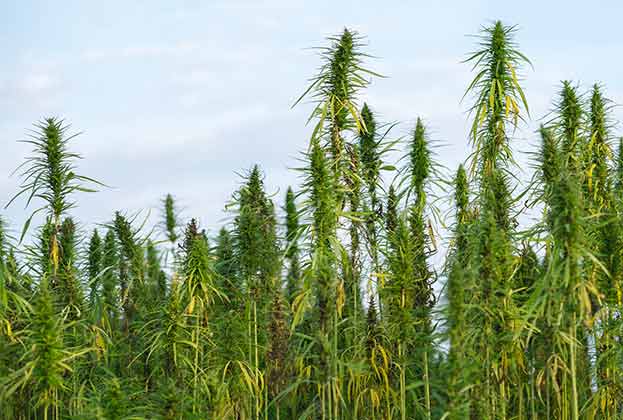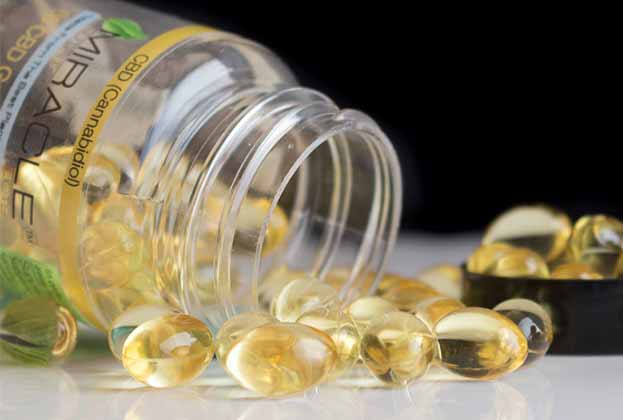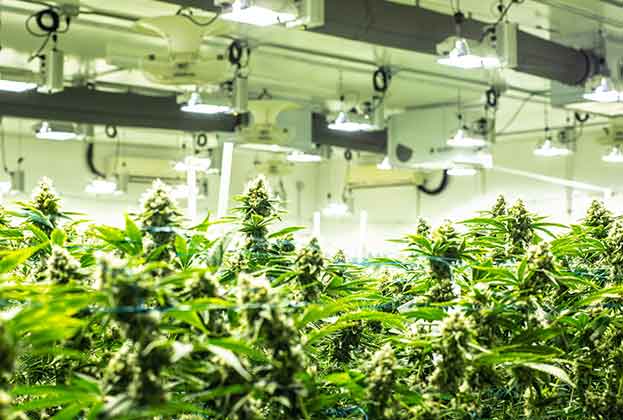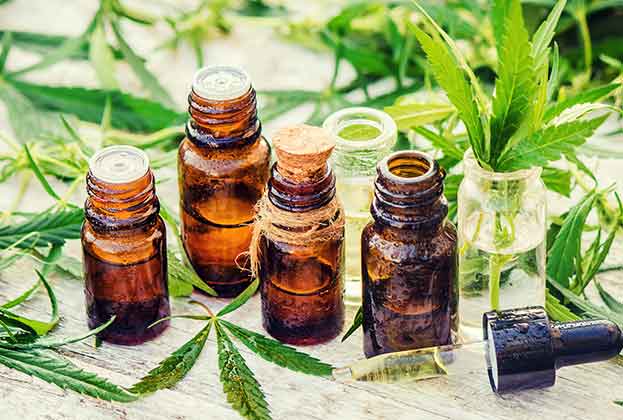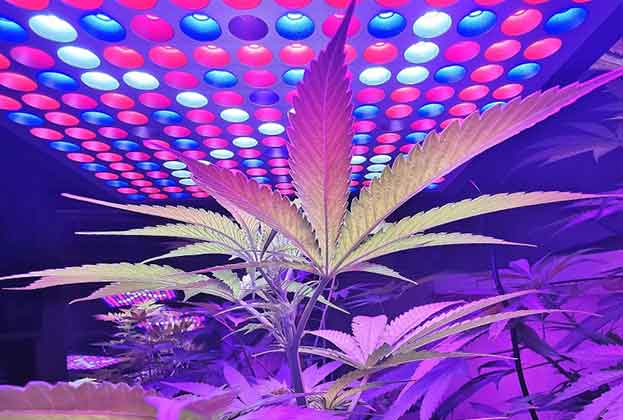Once an essential fibre, hemp had all but disappeared from UK markets by the end of the 20th century

Hemp renaissance
Hemp has been cultivated and used in the UK for centuries for its biomaterial properties – in fact, its long fibres have been spun and woven to make sails, rigging and ropes for ships since before the Elizabethan era. Now it is making a comeback for very different reasons. Here we explain the background to its rapid evolution and offer guidance for UK farmers looking to access the market.
Multiple end uses
As a quick-growing plant, hemp can rapidly accumulate biomass and so sequester carbon dioxide in the process. Once grown, hemp fibres can be used to create products ranging from paper and building materials to bioplastics and livestock bedding. If the plant is allowed to mature and produce seeds, additional products can be manufactured, including hemp oil for cooking and seed cake for animal feed.
Hemp has received significant attention for its ability to capture carbon and form part of circular systems. Such systems aim to eliminate waste and continuously reuse and recycle resources. Depending on the final use of the plant, this carbon can potentially be stored indefinitely. So-called hempcrete is being praised for its ability to both offset a carbon-intensive building material and simultaneously provide a long term carbon store. Alternatively, it is a natural fibre that is biodegradable and can potentially replace synthetic fibres.
Its environmental credentials also extend to soil health. Having a large taproot, hemp can not only reduce soil compaction but also recover nutrients ordinarily outside of the root zone that may otherwise leach into the groundwater and be lost. If correctly deployed into a rotation, it offers a unique variation in crop type and is also believed to shade out weeds. Both of these factors lead to a reduced requirement for pest control.
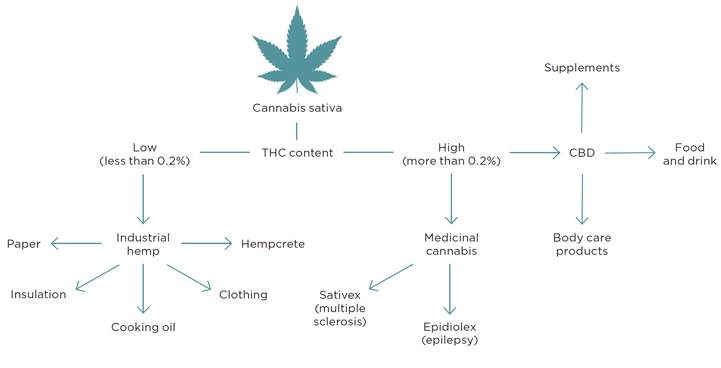
Source: Savills Research
Obtaining a licence
Cultivating industrial hemp constitutes a “special purpose” under the Misuse of Drugs Act 1971 (MDA), meaning it is permitted once a licence is obtained. There is a wide range of varieties that can be grown and careful attention should be paid to their individual characteristics to select the most appropriate seed. The variety chosen should also comply with the UK definition of industrial hemp by containing no more than 0.2% tetrahydrocannabinol (THC). Knowing this and other traits that are specific to the local climate and soils, means that growers can tailor their crop to the law and their business plan. For example, harvesting seeds for oil extraction requires a shorter stem crop for the combine harvester.
Only the fibre and seed can be used under an industrial hemp licence. These elements contain the lowest levels of THC and cannabidiol (CBD). Growers looking to produce cannabis for high-value cannabinoids should, therefore, look to the medicinal cannabis licence. Nonetheless, industrial hemp offers numerous benefits for growers, as well as an opportunity for healthy returns. The industrial hemp licence is far more accessible, with less regulation and a lower cost of £580 for a new, three-year licence.
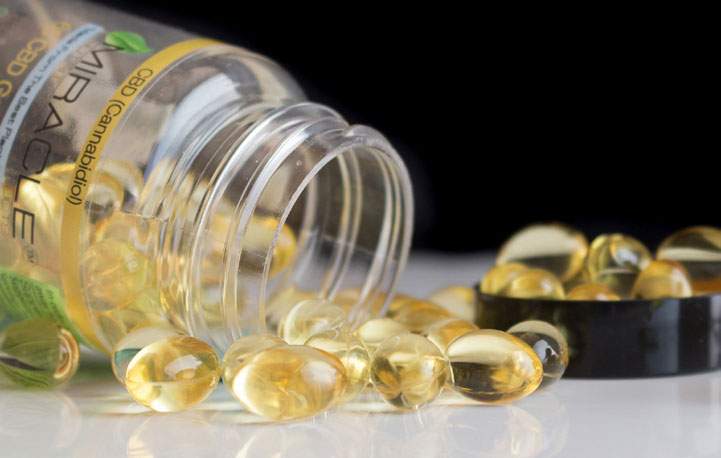
CBD gel capsules
WHAT ARE THE DIFFERENCES?
Both hemp oil and CBD oil can be derived from any cannabis plant. They are both non-psychoactive with acceptable levels of THC. But there are some crucial differences.
HEMP OIL
Obtained from cold-pressed seeds that contain low volumes of cannabinoids. Hemp oil often does not contain CBD but does possess a mix of nutrients, protein and fats. It can be used in food supplements, cooking oils and body care products.
CBD OIL
Obtained from the leaves, flowers and stalks of the cannabis plant using solvent extraction methods, CBD oil should contain pure CBD and no other cannabinoids. Perceived wellbeing benefits and greater public awareness has resulted in the rapid market growth of CBD products.
Read the articles within Spotlight: Hemp cultivation in the UK below.
